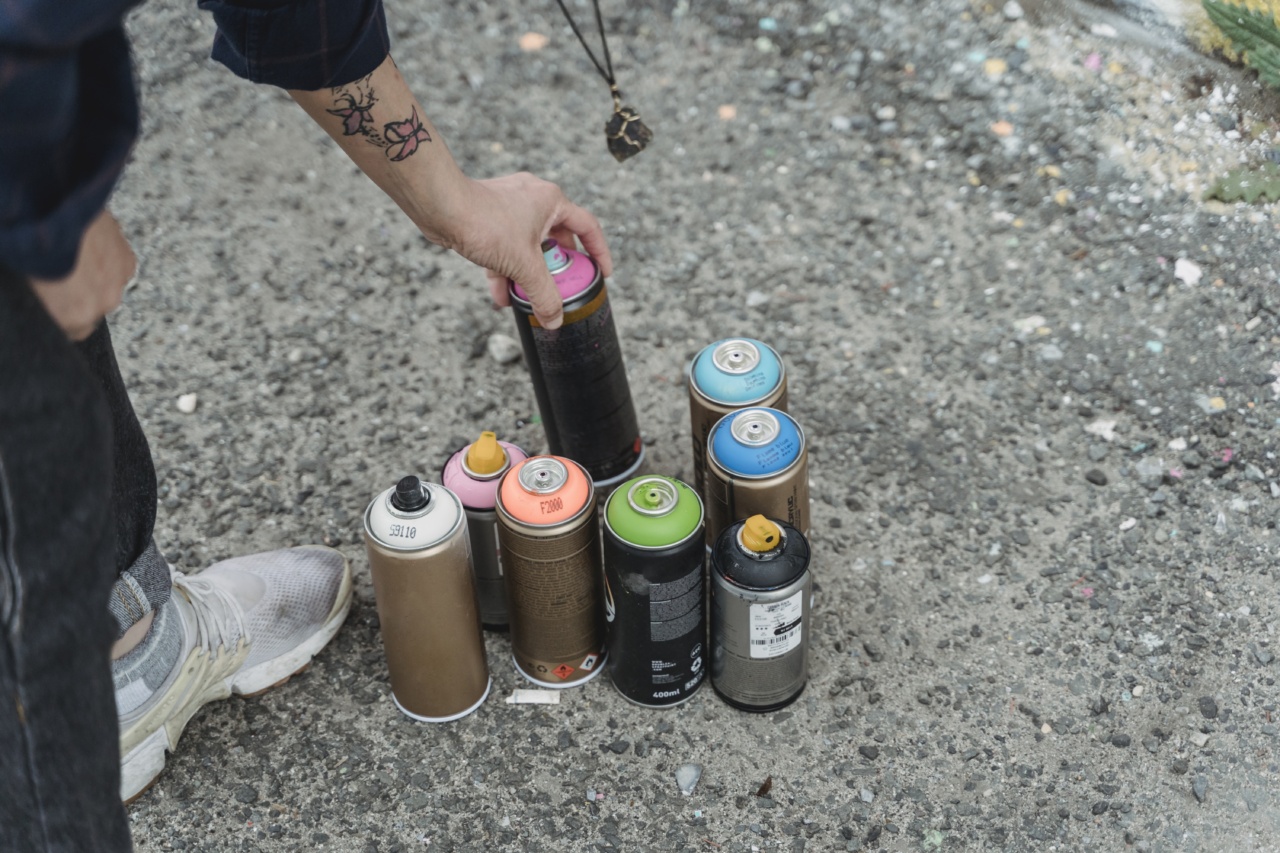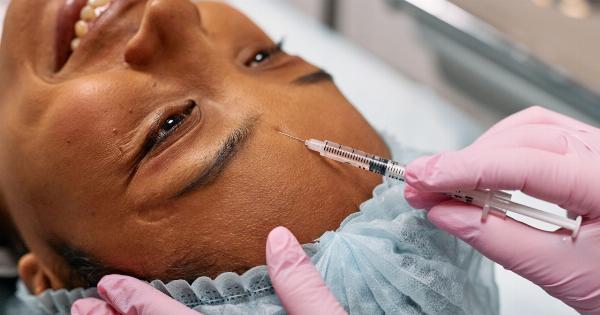Botox is a cosmetic treatment that has gained significant popularity over the years for its ability to smooth wrinkles and fine lines on the face.
It’s a non-surgical procedure that involves injecting a neurotoxin substance into the muscles to paralyze them temporarily, thereby relaxing the skin and reducing the appearance of wrinkles. However, as with any medical treatment, there are concerns about its safety and efficacy, especially when used excessively. So, can you get Botox too many times? Here’s what you need to know.
How does Botox work?
The active ingredient in Botox is a neurotoxin called botulinum toxin, which is produced by the Clostridium botulinum bacterium.
The toxin works by blocking the release of a chemical called acetylcholine, which is responsible for transmitting nerve impulses to the muscles. When the acetylcholine is blocked, the muscles in the treated area become temporarily paralyzed, leading to a smoother, more youthful appearance of the skin.
How often can you get Botox?
The frequency of Botox injections depends on various factors, including the individual’s age, skin type, and the severity of the wrinkles.
Typically, Botox injections last anywhere from three to six months, after which the effects start to wear off, and the muscles return to their normal functioning. It’s safe to repeat Botox injections after three months or more. However, the frequency of Botox injections should not exceed three to four times a year.
Are there any risks associated with getting Botox too many times?
The most common side effects of Botox injections include bruising, redness, and swelling at the injection site. These side effects are usually mild and subside within a few days.
However, if Botox injections are done excessively, they may lead to more severe side effects, such as muscle weakness, drooping eyelids, and difficulty breathing.
Can excessive use of Botox lead to resistance?
There are concerns that overusing Botox may lead to resistance, making it less effective over time. However, according to dermatologists, there is no evidence to support this claim.
Theoretically, the risk of developing resistance to Botox increases, the more frequently it’s used. However, this risk is low, and there are no reports of people developing resistance to Botox.
What are the benefits of Botox?
Botox has several benefits, such as:.
- It’s a non-surgical treatment, which means less pain and minimal downtime
- It can help reduce the appearance of wrinkles and fine lines, making the skin look smoother and more youthful
- It can be used to treat other medical conditions such as migraines, muscle spasms, and excessive sweating
Conclusion
Botox is a safe and effective treatment for reducing wrinkles and fine lines on the face. However, it’s essential to use it in moderation and not exceed the recommended dose.
While the risk of developing resistance to Botox is low, excessive use may lead to severe side effects and complications. Ultimately, it’s essential to consult a qualified dermatologist or aesthetician before undergoing any cosmetic treatment.






























